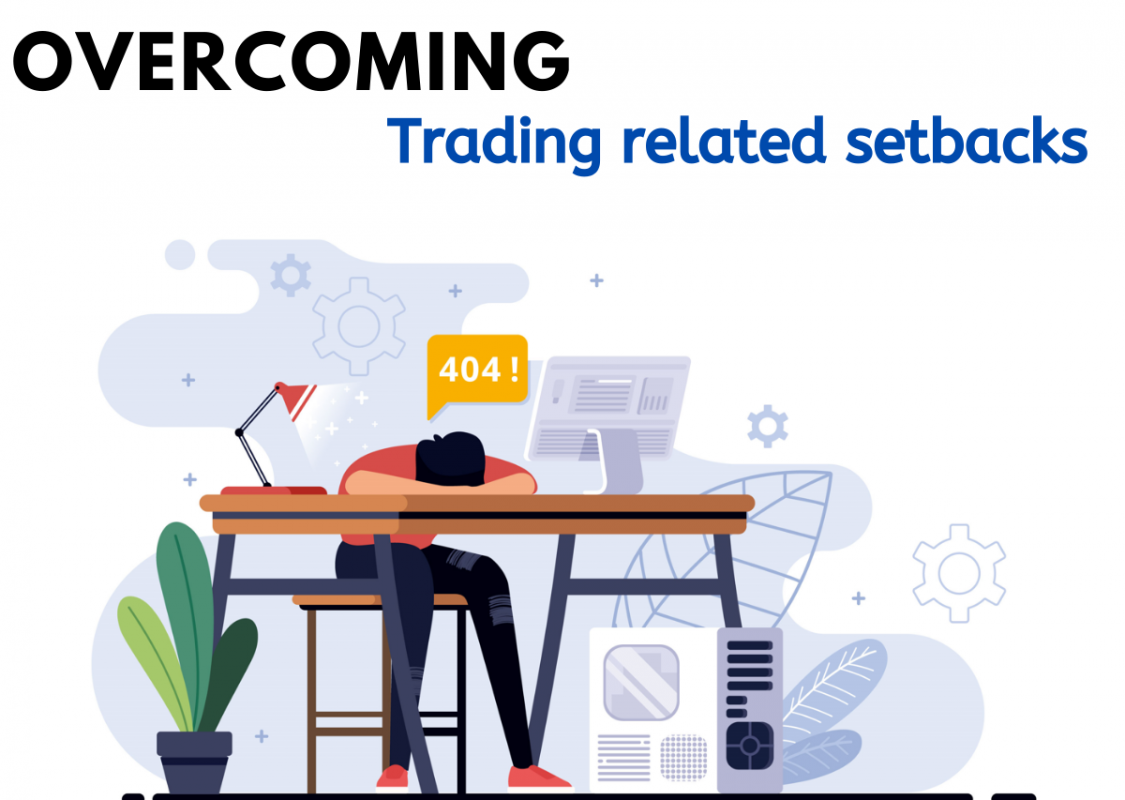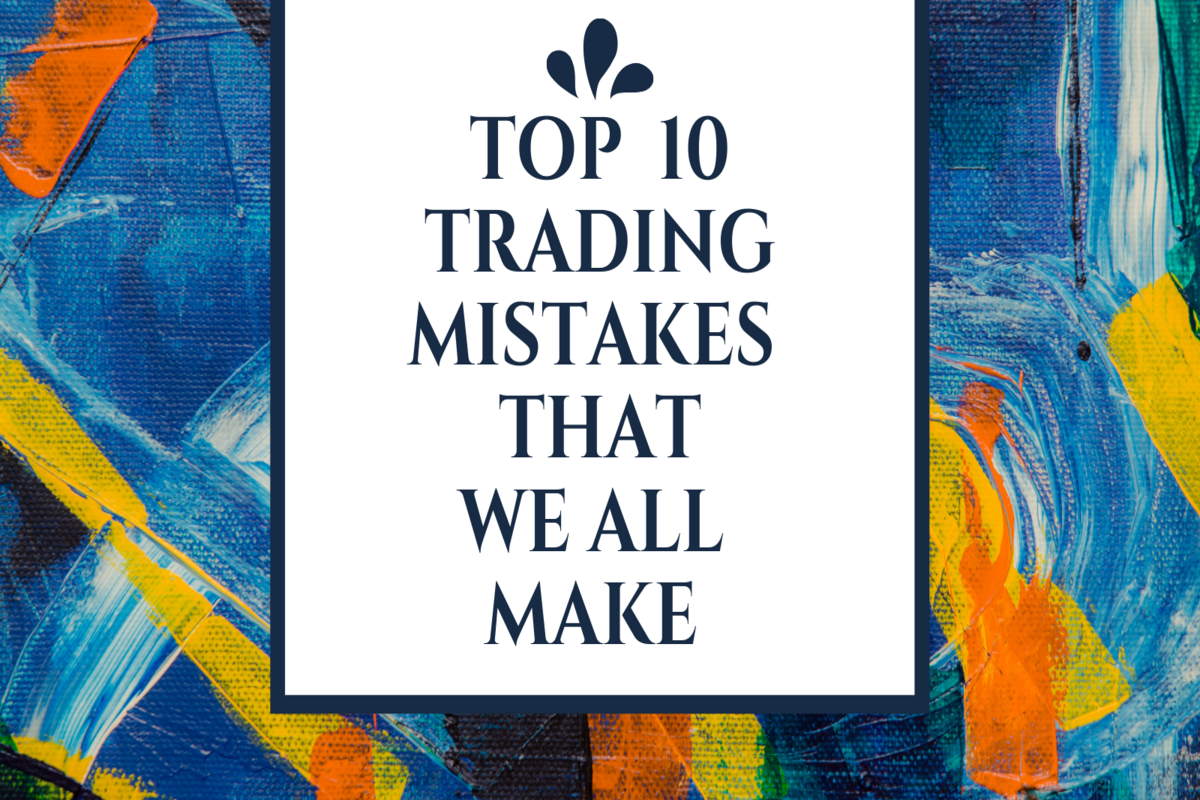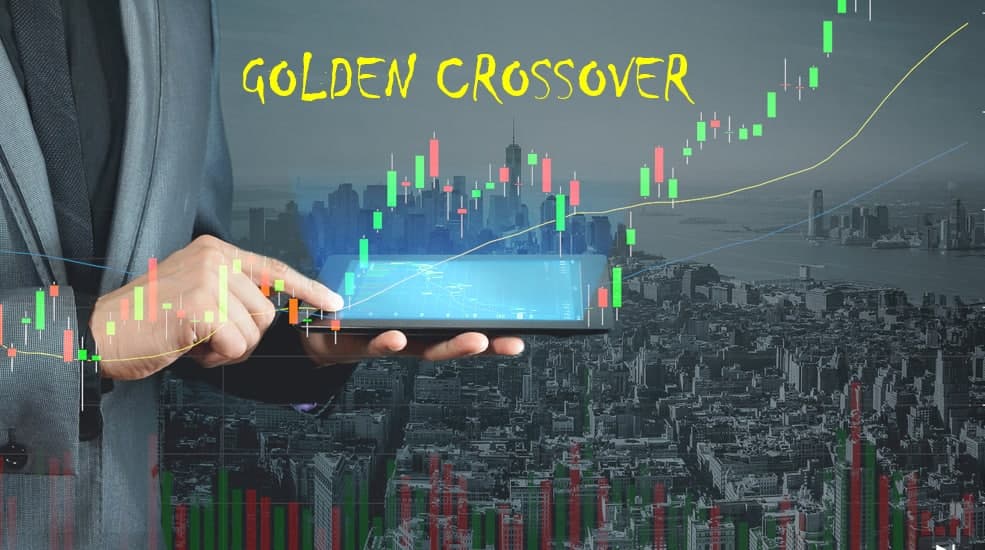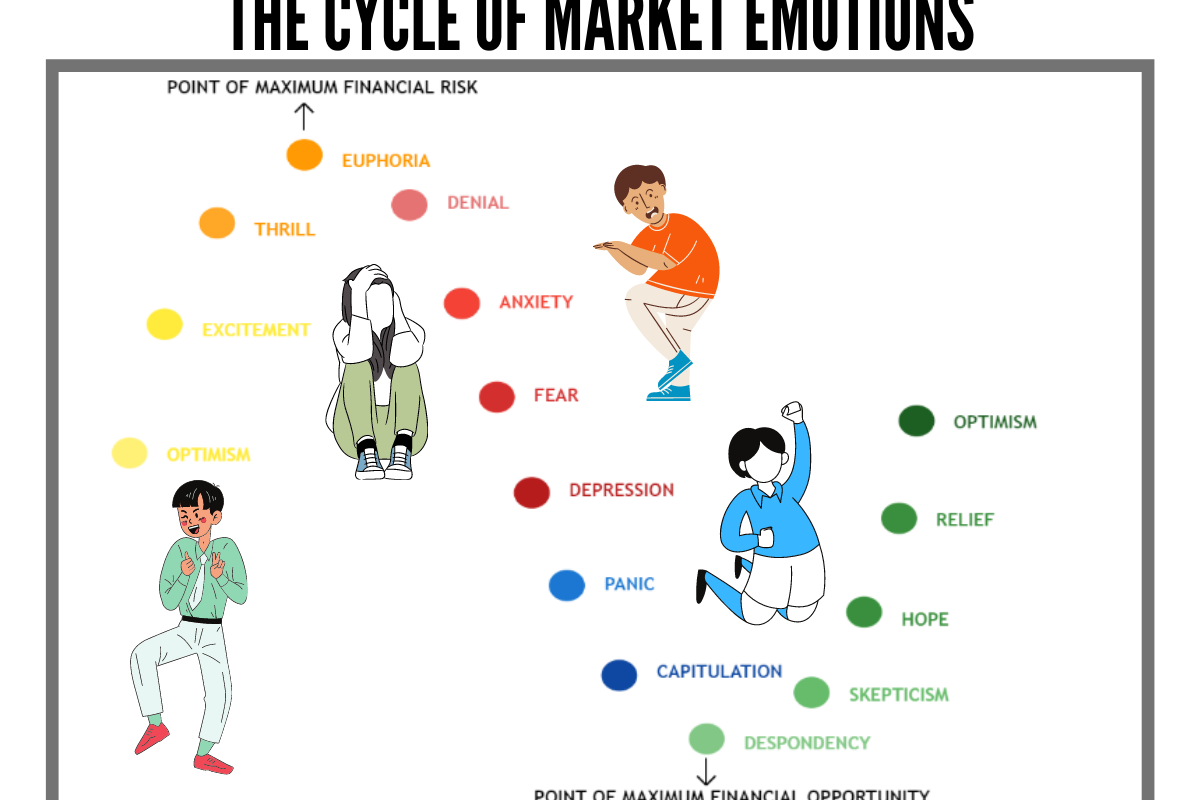Trading is unique profession in the world, where easy money is earned the hard way.
In no other business, you can scale in so fast, and really stand a chance to make 100-1000x.
But uncertainty, risk, emotional upheaval makes this business extremely risky and Probability of success making even 5-10x impossible for most of the beginners.
From execution risk to market risk, there are so many hidden and unaccounted risks lurking in the dark to catch a trader by surprise.
This makes, emotional set-backs very common in the business.
Most of us learn quickly to manage and sail through minor set-backs by following discipline and process.
But What about major ones?
Here are the tools We use to manage them:
- Realization that major Drawdown, both expected and unexpected are part of the business, I have written it on my wall.
- Having maximum loss limit for the day [We consider 2% of Capital] and max loss limit for month [For us: 10%] makes you avoid days and months which are simply not suitable for your type of trading.
- Just like everything in life, set-backs also follow a pattern, so writing a trading journal and finding patterns in these upsetting events, makes me avoid them in future.
- Whenever I feel extreme stress, though trigger is not obvious, I get out of my position, can always re-enter, right?
- At times. In spite of doing everything right, PNL doesn’t go green and streak of bad luck never ends,
So reducing position size to half and then half, really helps in not only sailing through the bad phase of DD but also helps manage emotional roller coaster. - Trading is a lonely business, operationally you don’t need anyone. But you need right set of friends to vent out your feelings, your anger when things go wrong and you are not at fault, for instance~ broker ditching you, so cultivating such circle goes a long way.
- When we lose money, we get depressed and we don’t want to talk to anyone, even to people who are trying to help, watching our behavior and amending frequently with people helps not only PNL but also prevents burn-out in the long run.
- Set-back also gets magnified when we are using leverage, so don’t trade with borrowed capital, even if you have borrowed from your parents.
- Nothing teaches as much as a Loss-making streak, so try to learn as much as possible during that phase. Go back to basics, underline the books and finish chapters which were pending for long. Sense of accomplishment will make the flow of right hormones easy for mood recovery.
- Lastly, nothing heals you from a set-back as much as talking to loved ones, even if they are not into the Markets.











